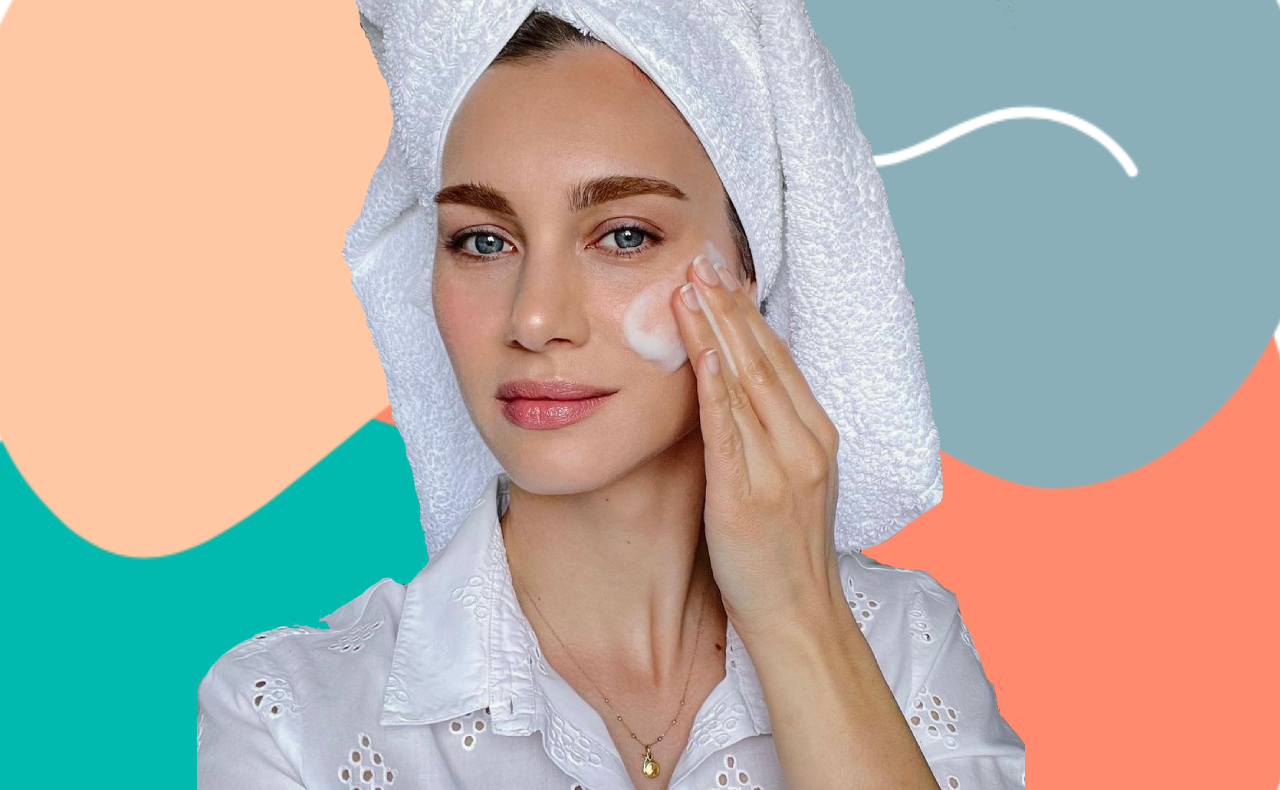Ever met someone so many times that it has become embarrassing to ask them what their name is? That’s a little bit like these skin care words. We’ve all heard them so many times, it’s actually a tad awkward to fess up that you don’t know what they mean.
To save you from a shameful conversation with your girlfriends, we’ve outlined the true meanings behind seven of the most commonly-heard skin care words. And while some may be familiar due to having copped a bit of flak in the media recently, it’s always handy to know the benefits behind why they are being widely used by beauty companies.
Alpha hydroxy acid – Naturally-occurring chemical compounds derived from fruits and other foods, alpha hydroxy acids (AHAs) are found in anti-ageing creams, masks, cleansers and chemical peels to reduce wrinkles and tighten skin. Working similarly to an exfoliator, AHAs penetrate the skin and dissolve elements binding dead skin cells.
Glycerin – A highly popular ingredient in skin care products, glycerin helps keep skin moisturised and soft and prevents dryness. It has the ability to draw water from both the environment and the lower layers of the skin, increasing the amount of water in the surface layers of the skin. Glycerin works to help maintain the outer barrier of the skin.
Glycolic acid – One of the best known alpha hydroxy acids in the cosmetic industry, glycolic acid is a natural ingredient derived from sugar cane that works as an exfoliator. Penetrating easily into the skin due to its small molecular structure and water-binding properties, glycolic acid works to gently remove the outer layer of dead skin cells found on the surface in order to deliver fresh new skin. It is found in many products including facial cleansers, serums, moisturisers, eye creams and face peels.
Parabens – The most widely used preservatives in personal care products, parabens are used to stop fungus, bacteria and other microbes from growing in skin care and make-up products. They are found in a host of products including shampoos, conditioners, lotions, cleansers, scrubs, mascaras, foundations and eye make-up. When reading the label, keep an eye out for ingredients ending in the word paraben (such as methylparaben).
Retinol – One of the most powerful anti-ageing ingredients to help re-texturise skin and dramatically reduce wrinkles, retinol is derived from vitamin A and appears in different skin care products at various strengths and forms. Retinol works by latching on to our skin cells and training them to be healthy again, meaning that this ingredient not only combats the early signs of ageing but can also correct existing damage.
Silicone – Made from sand (silica), silicone is a chemically-derived ingredient which works to waterproof the skin, retain moisture, adhere colour pigments, protect hair, smooth locks, and deliver a silky feel to skin care products. The unique fluid properties of silicone also sees products applied without leaving an oily or sticky feel, deodorants drying quicker, and water-resistant sunscreens staying on skin longer despite swimming or sweating.
Sulfate – Sulfate is a foaming agent that is found in many personal care products such as shampoo, toothpaste, shaving foam, body washes and facial cleansers. It is used as a detergent, emulsifier (allowing oil and water-based ingredients to mix), and a surfactant (to help products spread easily and evenly). Brands use this ingredient to create lather and lift away dirt, oil and other impurities from the hair and skin. The most common sulfates in personal care products are sodium lauryl sulfate and sodium laureth sulfate.
Did you know the true meaning behind these skin care ingredients? Were there any that surprised you?





I wish I had come across this article years ago. These skin care ingredients are still relevant 8 years on.